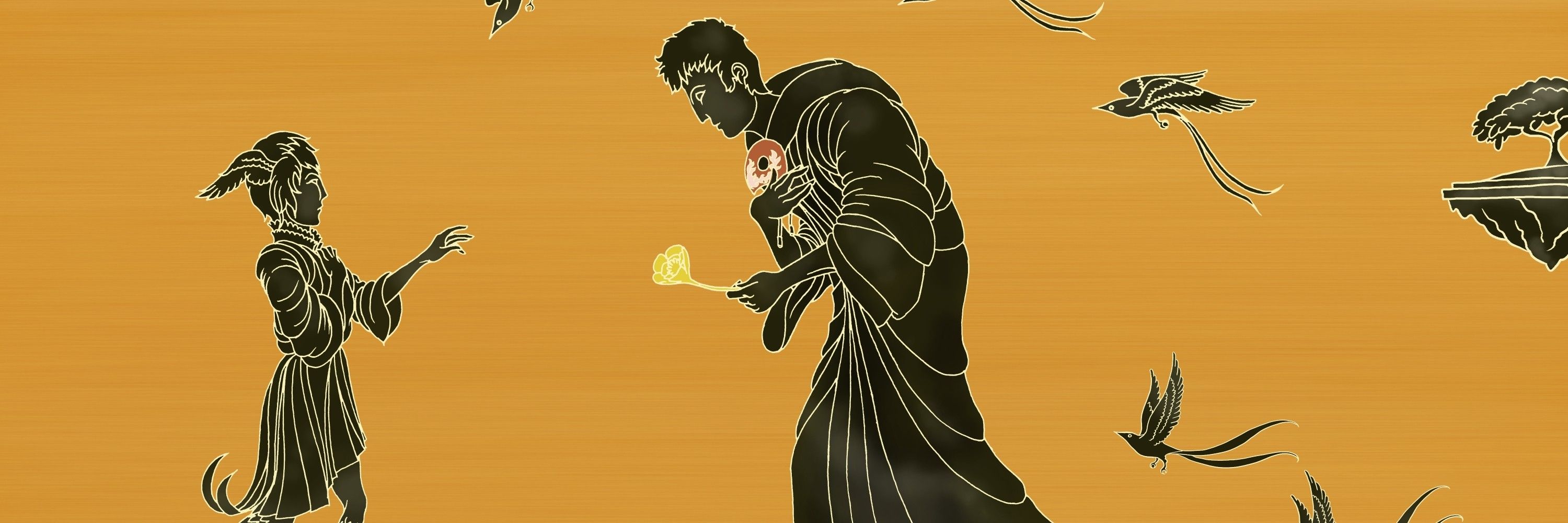
Technical Science Art | Skeletal Diagrams | weird discussions about narrative and literary analysis | Cats, and two of them
Commissions, Technical work info: https://qilong.wordpress.com/jaime-headden-art/
This is fantasy, not historical fiction. You can make things "how it was" DIFFERENT. The issue is "believeability."
This is fantasy, not historical fiction. You can make things "how it was" DIFFERENT. The issue is "believeability."
Do not mind the spelling errors in this thread, or the fictitious "Stegocephale" in the OPENING INFOGRAPHIC that I totally should have caught.......
Do not mind the spelling errors in this thread, or the fictitious "Stegocephale" in the OPENING INFOGRAPHIC that I totally should have caught.......
I really, really don't have a stake or a more substantial opinion regarding one direction or the other. I'm tolerant of more clarity on ontogeny and would rather err against taxonomy than for it.
For me, figuring out what the dome looked like in life is more interesting.

I really, really don't have a stake or a more substantial opinion regarding one direction or the other. I'm tolerant of more clarity on ontogeny and would rather err against taxonomy than for it.
For me, figuring out what the dome looked like in life is more interesting.
...hahahaha
...hahahaha
Or that metaplastic ontogeny is wrong;
Or that metamorphosis is wrong.
It's: What is happening with Stygimoloch? This really is the fundamental pin in the truss.
Or that metaplastic ontogeny is wrong;
Or that metamorphosis is wrong.
It's: What is happening with Stygimoloch? This really is the fundamental pin in the truss.
No---that's begging the question. And it also prompts us to ask: *Does* Pachycephalosaurus differ?
No---that's begging the question. And it also prompts us to ask: *Does* Pachycephalosaurus differ?
The dome grows in the opposite direction.
If the model that gives rise to Stegoceras comes from Zavacephale, this presupposes pachy ontogeny.
The dome grows in the opposite direction.
If the model that gives rise to Stegoceras comes from Zavacephale, this presupposes pachy ontogeny.
They proposed that Dracorex and Stygimoloch were juvenile Pachycephalosaurus.
They proposed that Dracorex and Stygimoloch were juvenile Pachycephalosaurus.
Horner and Goodwin also considered Torosaurus an ontogenetic phase in the life cycle of Triceratops, reflecting a reduction in frill length, hole, and shape, as they saw Triceratops "solid" frills as "old" taxa, because of that metaplasia->EFS model.
Horner and Goodwin also considered Torosaurus an ontogenetic phase in the life cycle of Triceratops, reflecting a reduction in frill length, hole, and shape, as they saw Triceratops "solid" frills as "old" taxa, because of that metaplasia->EFS model.
Well, that's what Horner/Goodwin thought, when they considered this taxon.
Well, that's what Horner/Goodwin thought, when they considered this taxon.
In pachy domes, the bone tissues typically don't develop an EFS until well into adulthood, when the domes become smooth, other than vascular grooves and such.
In pachy domes, the bone tissues typically don't develop an EFS until well into adulthood, when the domes become smooth, other than vascular grooves and such.

journals.plos.org/plosone/arti...
I talked about this on my blog way, way ago, back when I was on the hunt for some model or reason to make sense of what we're going to talk about next.

journals.plos.org/plosone/arti...
I talked about this on my blog way, way ago, back when I was on the hunt for some model or reason to make sense of what we're going to talk about next.
www.nature.com/articles/s41...
An immature and mature skull of the basal pachy Zacephale advance a particular model of dome growth proposed for Stegoceras that arises from the nasofrontal bones, which fuse together as they grow.

www.nature.com/articles/s41...
An immature and mature skull of the basal pachy Zacephale advance a particular model of dome growth proposed for Stegoceras that arises from the nasofrontal bones, which fuse together as they grow.

